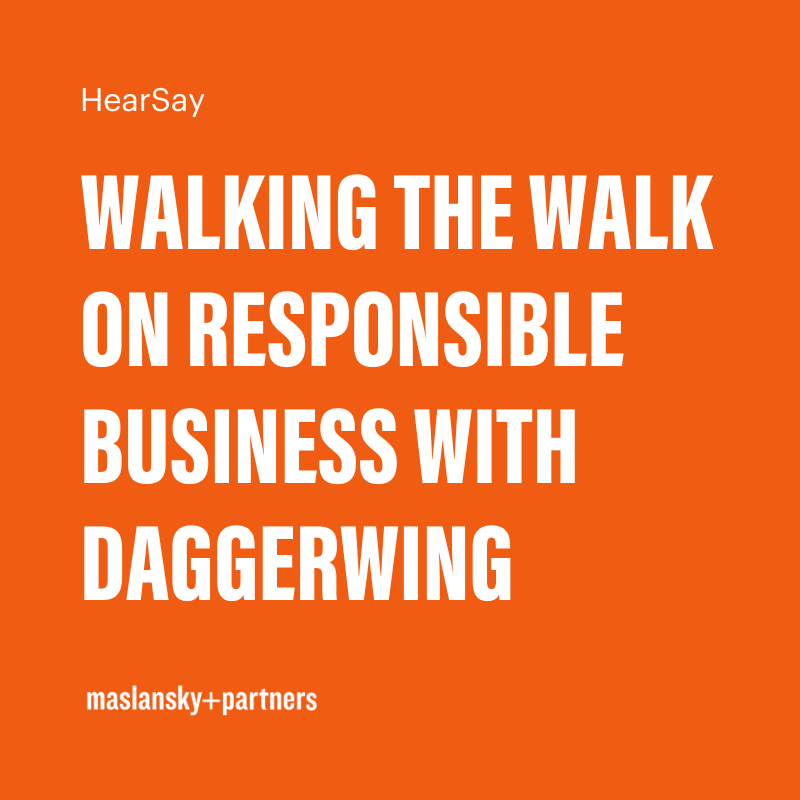Words to Watch: Wall (or Fence, Barrier, Steel Slats, and even Peaches)
Throughout American history, walls as symbols of division have played an important part in our political conversations.
The word “wall” first made an impact on U.S. political discourse in 1802, when Thomas Jefferson, in a letter to the Danbury Baptist Association, spoke of a “wall of separation” between the Church and the state. The metaphor helped to paint a picture of what he believed was a necessary divide between religion and the government in order to build a fully democratic nation.
Since then, walls have been built (e.g., India-Pakistani border), they have been torn down (e.g., Berlin), and they have been contested (e.g., West Bank). But not since Jefferson’s “high and impregnable wall” (as the Supreme Court called it in 1947) has the word played such a direct, divisive role inside our own borders.
Over two centuries later, the definition of what constitutes a wall is being continuously redefined. Part of this evolution can be seen as a conscious strategy to appease those on the other side of different kinds of walls, this time metaphorical: the wall between polarized political communities, the wall between the White House and the press, the wall between President Trump and those who voted against him.
In the beginning of Trump’s campaign, Trump did indeed speak of just a wall. Addressing his audience at a 2015 rally, Trump asserted that the wall he would build would be made of “hardened concrete, and it’s gonna be made out of rebar and steel.” Later that year, speaking to more of his supporters, Trump proclaimed: “We’re going to build a wall, and it’s going to be impenetrable, it will be a real wall.”
But at maslansky + partners, we know that it’s not just what you say that matters, it’s what others hear. Perhaps because of the backlash, or because it felt politically savvy, Trump’s definition of a “real wall” has evolved depending on who he is addressing—or who his intended audience is.
The “wall” being largely unpopular with most of Americans (59% disapprove of one), Trump has since introduced other terms like “fence” or “barrier.” When sticking to his preferred term, “wall,” he uses language to negate, reframe, or elaborate on his vision for the wall. (In fact, Vice President Mike Pence has taken to, somewhat misleadingly, quoting Robert Frost in promoting the idea that, “good fences make good neighbors.”)
But it’s not just the noun itself that’s evolved. Whatever term Trump uses, the descriptors he employs to modify “wall” (or fence, or barrier, etc.) also help to convey a specific meaning: he points to what they are made of (either concrete, see-through barriers, or other), their strength (e.g., powerful, tough, sturdy, etc.) and even their aesthetic (e.g., a “beautiful wall”).
These seem to communicate two things: that in Trump’s mind, the structure will be a representation of America’s strength, and that the structure will be something the American people can be proud of
A brief lexicon of how Trump has defined the wall:

In his first interview as president-elect—and as criticism of Trump’s border wall proposal escalated—Trump softened his stance on the kind of wall he would build, admitting to CBS that he would settle for new fencing “in certain areas.”
More recently, in a videoconference to the troops on December 25, 2018, Trump took a more hardline approach, saying of the wall:
“I don’t want [illegal immigrants] in the country. The only way you’re gonna do it is to have a physical barrier, meaning a wall.“
But just days earlier, in the midst of the government shutdown and a crumbling approval rating, Trump tweeted:








